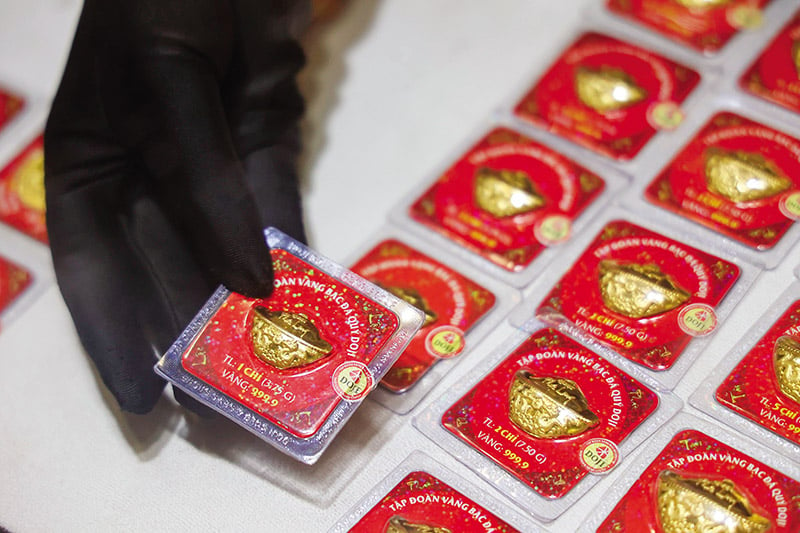 |
| When the market lacks options in the formal asset system, any gold reform is only “treating the symptoms, not the root cause”. |
Ask the right questions when editing Decree 24/2012/ND-CP
According to the explanation of the State Bank, “the objective of amending and supplementing Decree 24/2012/ND-CP is to address difficulties and shortcomings arising in practice; to improve the effectiveness of gold market management”. However, this is a one-way technical problem, often leading to temporary solutions such as increasing gold supply, price intervention, and market inspection.
In reality, technical solutions, although necessary, are not enough and keep us always behind the market. The right question at the national strategic level should be: “How to create many asset classes with enough trust so that people do not have to choose gold as the only option?”
The current high disparity between domestic and world gold prices is not the cause, but a symptom, reflecting weak confidence in other assets such as stocks, bonds, real estate, or the global banking and macroeconomic system.
The asset market in Vietnam is too thin and polarized, without intermediate asset classes such as gold certificates, digital gold, or anti-inflation interest savings channels. Gold only quietly reflects the lack of choice.
The draft amendments to Decree 24/2012/ND-CP and the proposals of the Ministry of Public Security , the Ministry of Finance or the State Bank... all revolve around "control", "transparency" or "stabilization" of the market. But there is a depth that needs to be clarified at the root: Why do people still seek gold, even though the financial system already has stocks, bonds, and banks? It is not difficult to find the answer: Because it is the only asset that people can "see", "hold" and "get out of at any time".
When the market lacks options in the formal asset system, any gold reform is just “treating the symptoms, not the root cause”. It is time for a different way of thinking. Accordingly, gold is not a matter of management, but an asset that needs trust - we need to build trust in legal asset classes.
Putting the problem like that, the central question we need to ask is: How can people not only choose gold, but also trust in other legal asset channels? The next part only focuses on the asset class from the gold ecosystem. People do not necessarily demand lower gold prices, they demand a reasonable, transparent difference that can be explained by policy objectives.
When the difference between SJC gold price and international gold price exceeds 20 - 30 million VND/tael, without a clear explanation framework, it becomes a gap between policy and trust.
The operating structure of the “exchange rate battery”
In the context of monetary policy being limited to the target of controlling inflation, there are also reasons why the State Bank cannot divide its foreign exchange reserves to intervene whenever the gold market fluctuates greatly.
First, for decades, our USD reserves have been consistently low (equivalent to about 3 months of imports - close to the safety threshold).
Second, the gold and foreign exchange markets “smell” of psychological instability, not real supply and demand.
Third, the inadequacies in other asset markets such as stocks and bonds cause a widespread defensive mentality: people do not withdraw money en masse, but quietly transfer savings to gold and USD, thereby creating constant pressure on exchange rates and gold prices.
This reality leads us to the opposite thinking: instead of using USD to support gold, we should create a mechanism to turn gold into a “psychological battery” that can recharge confidence when VND is doubted, without having to spend foreign currency. When it is not possible to “generate electricity” with USD, the Government needs to recharge confidence through gold as a buffer to absorb anxiety. This can be done through the “exchange rate battery” mechanism (see table).
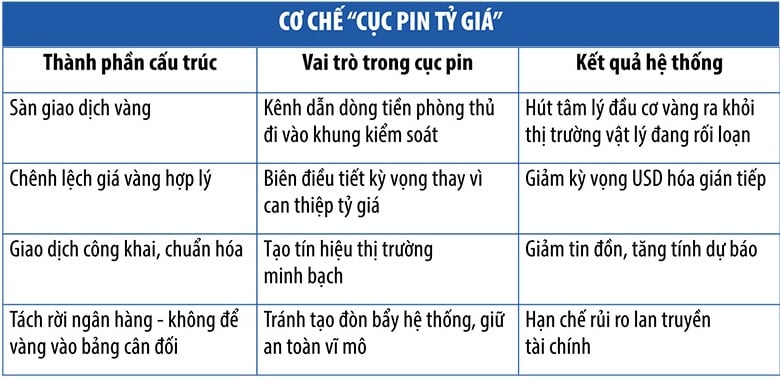 |
The operating principle of the “exchange rate battery” is as follows: When the market has large fluctuations (inflation, exchange rate tension), people tend to switch to USD or gold -> [Uneasy psychology] -> [Switch to legal gold exchanges] -> [Standardized transactions - oriented expectations] -> [Confidence is “de-pressurized” → Exchange rate does not need “support”] -> [Stable psychology] -> [Gold price difference narrows].
Thus, exchange rate stability is no longer a major and constant concern when managing the gold market, but a battle to regulate expectations. If the State Bank does not want/cannot sell USD, then channel the anxiety to a controlled place. The “exchange rate battery” is the pressure regulator of the market “nervous system”.
“Exchange rate battery” protection mechanism
Whenever the market fluctuates, the State Bank can deploy the “liquidity bridge” mechanism. This is a tool that helps people convert from gold to VND (and vice versa) through controlled institutions (commercial banks, gold stabilization funds, designated gold production and trading institutions), without disrupting the physical gold market or causing pressure on the exchange rate (see table).
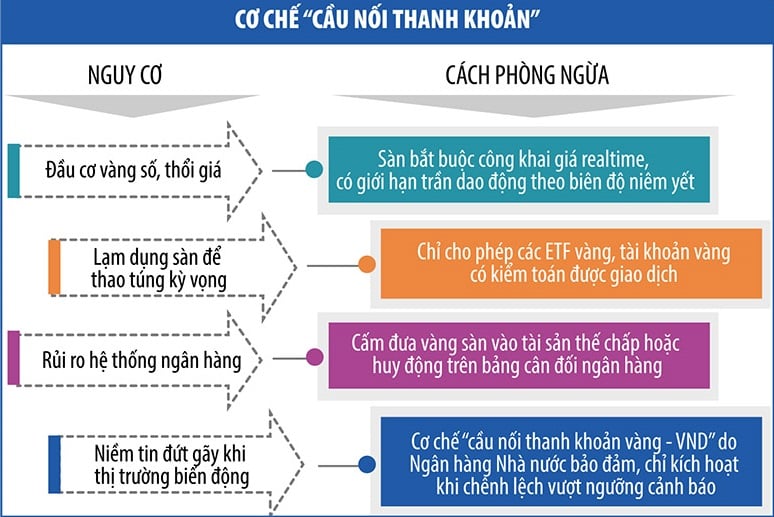 |
Gold is not just a piece, but a node in a digital asset network
While the world moves towards tokenization of assets, using gold as collateral for stablecoins or legally-clear digital assets, we are still struggling with physical gold bars.
The proposal to establish a digital asset trading floor is being studied by the Government. If implemented and digital gold is integrated into it, we will see a digital gold system, guaranteed by physical gold controlled by the State; people can buy, sell, mortgage, and transfer gold in a digital environment, but without the risks of crypto today; the State can both maintain control and create an asset market with higher trust than banks, but more flexible than physical gold.
In the digital asset era, gold tokenization – turning physical gold into a tradable digital asset – is emerging as a global trend. With Tether’s XAUT, Paxos’ PAXG, and the Australian Government’s PMGT, the world has witnessed a wave of “precious metal digitization” to create a stable, divisible, cross-border asset class – while still retaining its physical roots.
Specifically, PAXG is backed by real gold in Brink's vaults, supervised by the New York financial authority. XAUT also claims to have real gold reserves, although transparency has been questioned. PMGT is issued by Perth Mint, with public physical gold certification.
It is crucial that these countries have clear laws, independent auditing systems and the ability to resolve disputes through the courts. If we only consider digital gold and gold exchanges as technological issues, without a clear legal system, digital gold can become a speculative tool that spreads rapidly through social networks, pushing domestic gold prices out of control; creating a “legally leaky asset layer” when traded across borders, avoiding financial supervision; weakening the role of the traditional banking system, if people consider gold tokens as interest-bearing deposits.
In the immediate future, during the piloting and completion of the legal framework, we may not need to rush into the gold tokenization path, but we can start by developing a domestic gold ETF (an exchange-traded fund listed on the stock exchange, designed to track the price of gold or gold-related assets); create a sandbox to pilot "digital gold accounts" at a number of banks with good governance systems, risk insurance, and independent audits; build a legal framework for digital assets secured by real assets, starting with products with low systemic risk, then move on to testing gold.
Conclude
The framework and proposals in this article are to prove one thing, the gold price gap is not in gold, but in the gap between assets, between policies and beliefs. Market reforms are not aimed at price management, but at reforming the gold market structure. Without an ecosystem of trust, people will take refuge in the only thing they understand, which is gold. Solving the gold problem is to create a context where people do not need to ask too much about gold anymore.
Source: https://baodautu.vn/cach-nhin-moi-trong-tu-duy-cai-cach-thi-truong-vang-d335305.html





![[Photo] Prime Minister Pham Minh Chinh chairs the second meeting of the Steering Committee on private economic development.](https://vphoto.vietnam.vn/thumb/1200x675/vietnam/resource/IMAGE/2025/11/01/1762006716873_dsc-9145-jpg.webp)






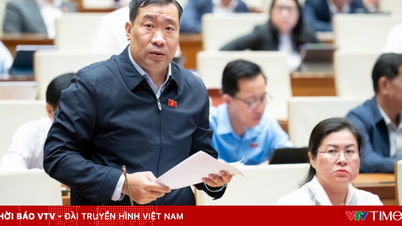

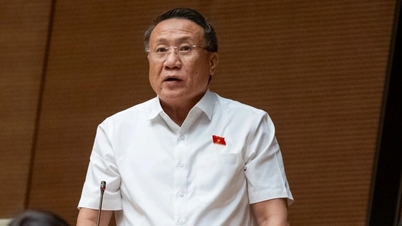

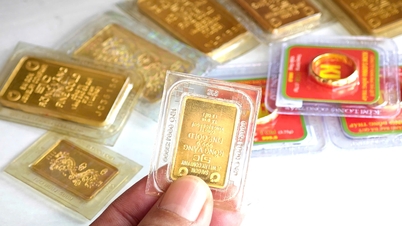


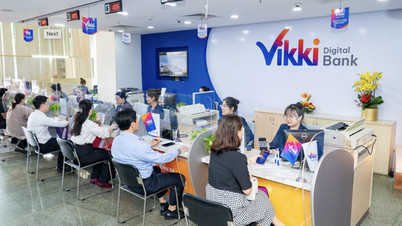


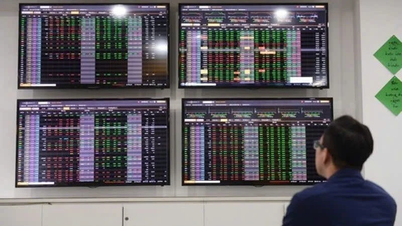


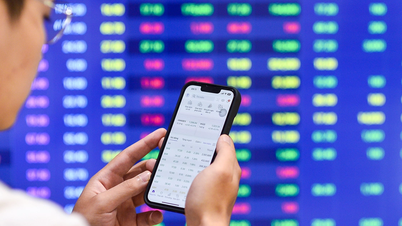
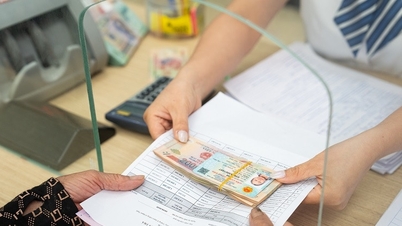








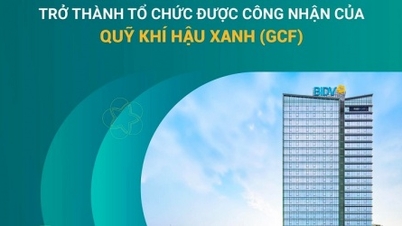






















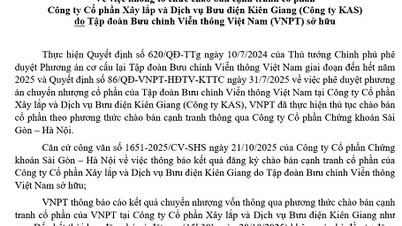























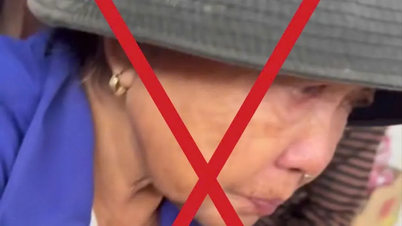
























Comment (0)